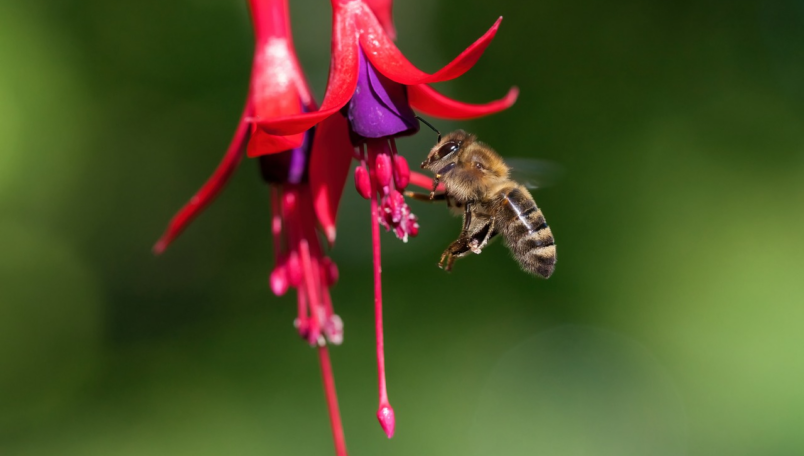Number (fractions): Animal Classification
Challenge level ⭐⭐
(designed for children with prior knowledge of the Year 3 and Year 4 programme of study)
Learning Objective
We are learning how to solve a natural world problem by using and applying our skills and knowledge of number and fractions.
Useful prior knowledge:
- To interpret and present data using bar charts
- To find and write both a unit fraction and a non-unit fraction of a discrete set of objects
Clip Description
Animals can be classified as vertebrates or invertebrates. Vertebrates are animals that have a backbone inside their body and include mammals, reptiles, birds, fish and amphibians. Invertebates don’t have a backbone and include soft-bodied creatures such as worms, slugs and jellyfish as well as creatures with a hard outer casing (called an exoskeleton) such as insects, arachnids and crustaceans.
In this fascinating clip, we see a whole host of creatures that are attracted to gardens across the UK. Which vertebrates are we likely to see? Which invertebates are we likely to see? Watch the clip to find out.
Quick Whiteboard Challenge
Arthropods are invertebrates that have exoskeletons protecting their body and jointed legs. Over 80% of all known living creatures are arthropods!
Here is a list of arthropods featured in the clip:
- 2 ladybirds
- a spider
- 2 butterflies
- 2 bees
- a dragonfly
Can you calculate the total number of legs in this list of arthropods?


